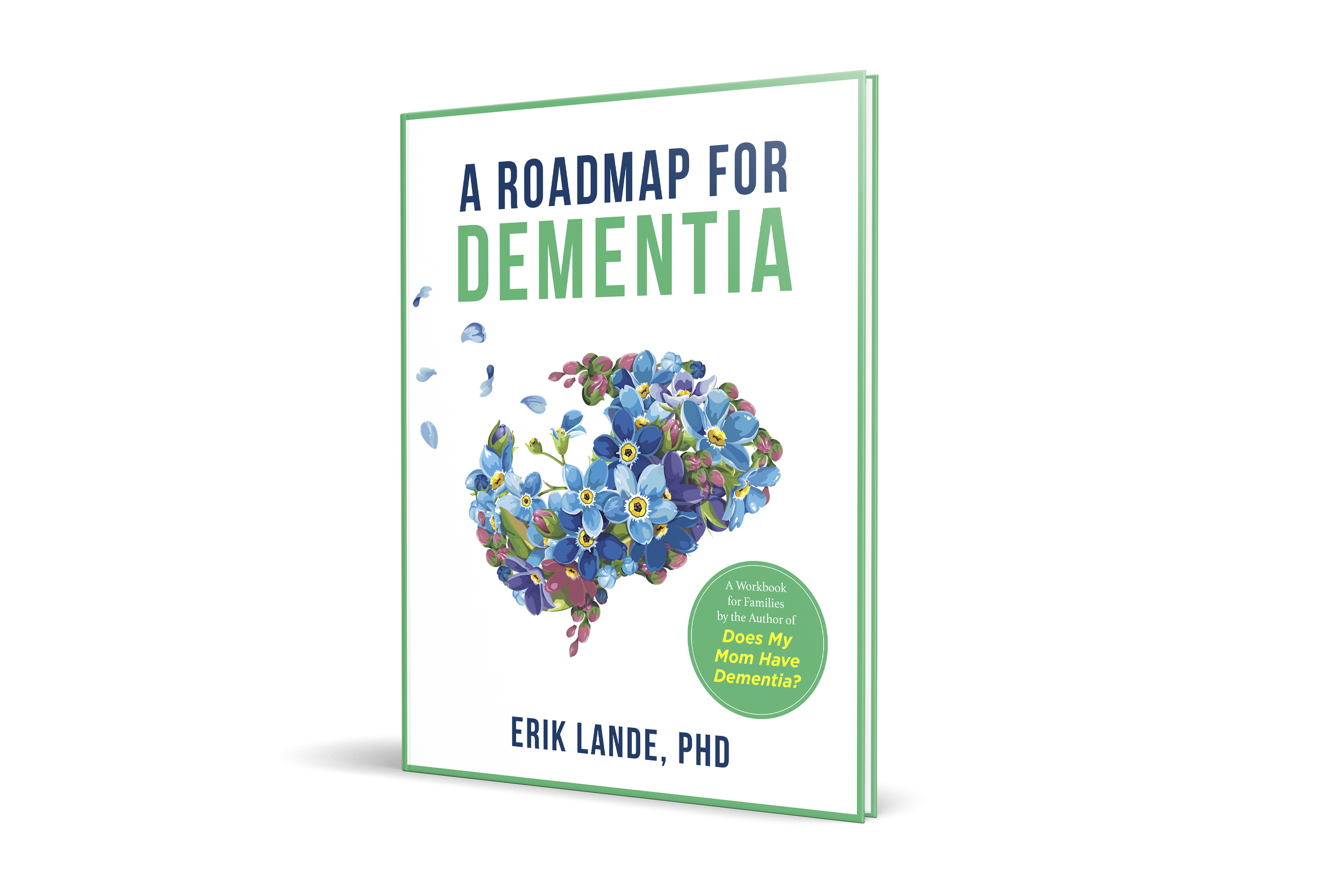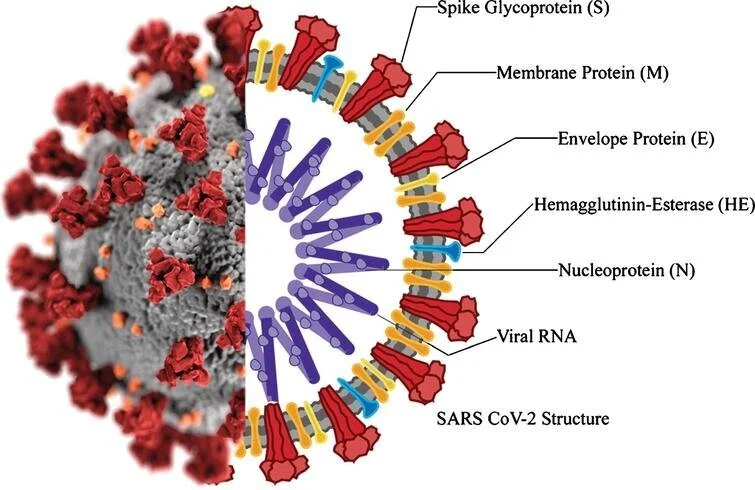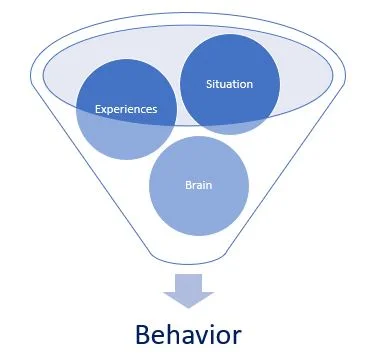Exploring the Potential of Urolithin A and Understanding the Research
Alzheimer's disease (AD) is a progressive neurological disorder that leads to memory loss, cognitive decline, and behavioral changes. It affects millions worldwide and poses a significant challenge for healthcare systems. Recent research has focused on finding new treatments to slow or prevent the progression of AD. One exciting development involves Urolithin A (UA), a compound derived from pomegranates. But how promising are these findings, and what should we be cautious about?
What is Urolithin A?
UA is a metabolite produced by gut bacteria from ellagic acid, which is found in pomegranates, berries, and nuts. It has gained attention for its potential health benefits, particularly in aging and neurodegenerative diseases like AD. Researchers have discovered that UA can stimulate a process called mitophagy, which helps clear damaged mitochondria from cells, thereby maintaining cellular health.
The Study: Key Findings
A recent study investigated the effects of long-term UA treatment on three different mouse models of AD. The researchers found that UA significantly improved learning, memory, and olfactory functions in these mice. Additionally, UA treatment reduced amyloid beta (Aβ) plaques and tau protein tangles—two hallmark features of AD pathology. The study also showed that UA enhances lysosomal function, particularly by regulating cathepsin Z, a protein crucial for breaking down cellular waste.
Significance of the Findings
These results are promising because they suggest that UA could potentially address some of the underlying mechanisms of AD. By improving mitophagy and lysosomal functions, UA might help reduce the accumulation of toxic proteins in the brain, thereby slowing the progression of AD. The study highlights the potential of UA as a therapeutic intervention, emphasizing its ability to cross the blood-brain barrier and exert protective effects on brain cells.
The Importance of Caution in Interpreting Mice Studies
While the findings are encouraging, it's crucial to exercise caution when interpreting results from mice studies. Although mice are valuable for initial research due to their genetic and biological similarities to humans, their responses to treatments can differ significantly. Numerous examples in scientific research highlight cases where promising results in mice did not translate to humans.
For instance:
Amyotrophic Lateral Sclerosis (ALS) Research: The SOD1 mouse model showed significant improvement with certain treatments, but these results did not replicate in human clinical trials(Alzheimer s Dementia …).
Stroke Treatments: Neuroprotective agents that worked well in mouse models failed to show benefits in human trials, emphasizing the complexity of human brain pathology(Alzheimer s Dementia …).
Cancer Studies: Various anti-cancer compounds demonstrated efficacy in mice but did not produce the same results in humans due to differences in tumor biology and metabolism(Alzheimer s Dementia …).
These examples underscore the necessity for thorough clinical testing in humans before any definitive conclusions can be drawn about a treatment's efficacy.
Cautions and Considerations
Animal Models vs. Human Application: The study was conducted on mice, which are valuable for initial research but do not perfectly mimic human physiology. Results in animal models do not always translate directly to humans.
Sample Size and Diversity: The study used specific genetically modified mice. Greater sample diversity and larger studies are necessary to confirm these findings.
Mechanistic Insights: Although the study suggests mechanisms through which UA may work, more detailed research is needed to fully understand these processes.
Long-term Effects: The study evaluated long-term treatment in mice, but what constitutes long-term in mice may not equate to the same duration in humans. Extended studies are required to assess the sustained impact of UA.
Safety and Side Effects: The long-term safety of UA, including any potential side effects, needs thorough investigation. Preliminary studies have shown that UA is well-tolerated, but comprehensive toxicology studies in humans are essential.
Behavioral Test Limitations: Behavioral tests in mice, like the Morris water maze and Y maze, are standard but have limitations. They may not capture all aspects of cognitive functions relevant to human AD patients.
Conclusion
The study on Urolithin A offers exciting insights into potential new treatments for Alzheimer's disease. UA's ability to improve cognitive functions and reduce AD pathology in mice highlights its therapeutic promise. However, it's important to approach these findings with cautious optimism. Extensive research, including clinical trials, is needed to determine UA's efficacy and safety in humans.
While pomegranates and their derivatives hold potential, they are not yet a confirmed preventive measure or treatment for Alzheimer's disease. Ongoing research will hopefully provide clearer answers and pave the way for new therapeutic strategies.





